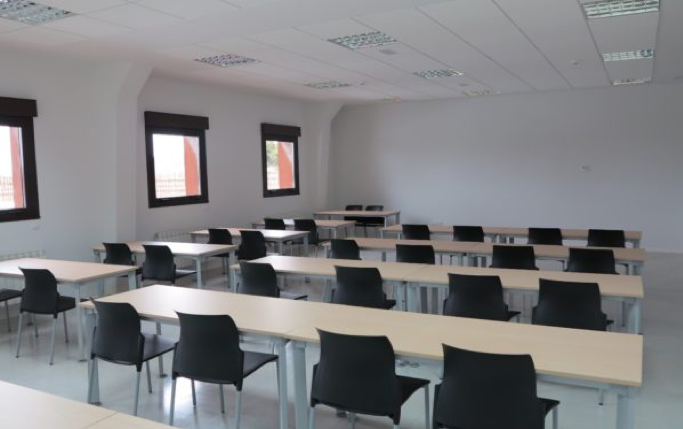What Industries Are Best Suited for Fast Modular Building?
Nathalia and Jorge2020-08-06T04:21:09+00:00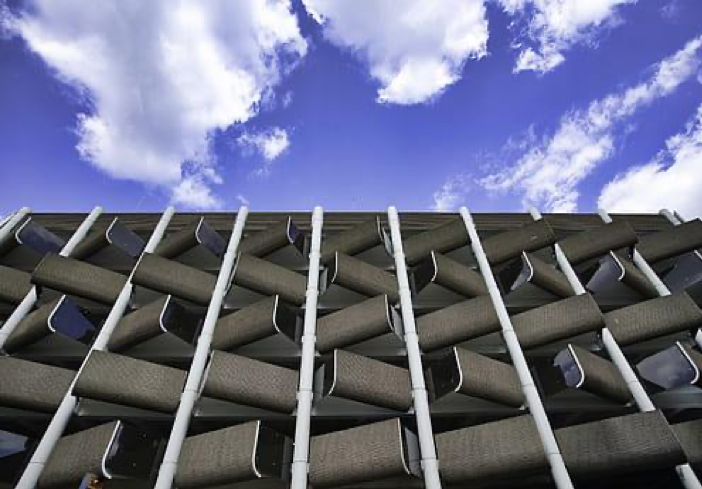
Most people associate modular construction with certain industries, such as the construction, education, health, and energy sectors. The efficiency and durability of modular buildings make them dominant products that are extremely useful in these fast-paced industries.
However, modular construction can be found in the unlikeliest of places, such as residential homes, governmental buildings, and skyscrapers. Other industries such as the hospitality, restaurant, and disaster relief industries have also begun taking advantage of the time and cost savings offered by the prefabrication industry.
In the following list, we illuminate some of the most astonishing uses of modular building in six different industries.
Health Industry
In the mid-1800’s, the Florence Nightingale-associated Renkioi Hospital proved to be a great success. During the Crimean war, this modular hospital saved, by a factor of 10, more lives when compared to the other British hospital in use, the Scutari Hospital.
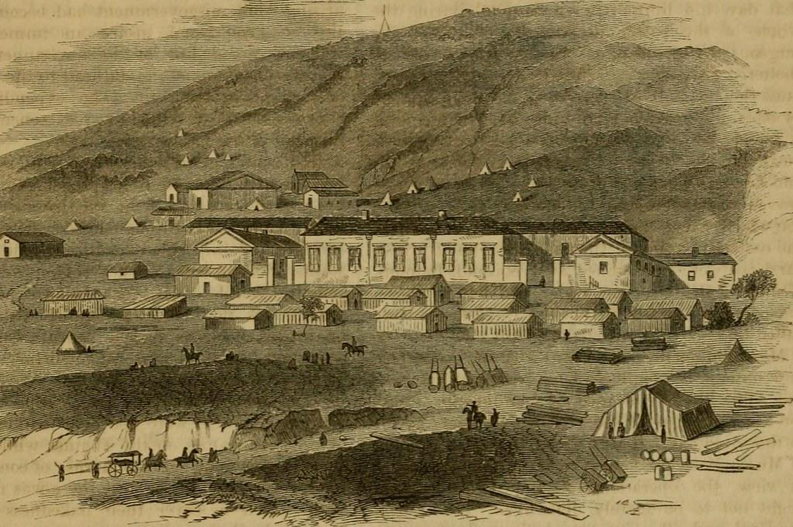
Fast forward to 2020, and the same formula for the rapid construction of modern hospitals is still being applied. Today, the healthcare industry represents the third largest consumer of modular products, behind the commercial and educational sectors. For example, the modular industry made possible the construction of a 300,000 square foot hospital in only 6 days. The prefabricated modules housed over 1,000 patients fighting the most recent coronavirus in Wuhan, China. Here in the United States, portable clinics, modular hospitals, and emergency portable housing facilities are literally “saving the day” as there is no time for traditional construction amidst a pandemic.
More than anything, modular hospitals prove just how specialized modular buildings can become; as well as treating large amounts of critically ill and injured patients with little disruption and when time is tantamount.
Education
Education centers all around the world benefit from permanent buildings and temporary accommodation buildings. Labs, modular classrooms, offices, gyms, and locker-rooms have all been built using prefabrication. The education industry represents the second biggest consumer of modular products.

For example, in London in just one year the Apex Towers were constructed as student housing. Rising 29 stories and containing 580 units for student living, Apex Towers highlights one of the strengths of off-site manufacture which is the non-intrusive nature of its operation. A reporter for Construction Manager Magazine stated, “I have been on-site for over an hour and during that time I have only seen a handful of operatives, working from mast climbers on the façade, a few site managers, and just two lorry deliveries, each carrying one piece of cargo.”
Despite the low activity level, the tower was built at dizzying speed thanks to turn-key modules that were delivered ready for use, foregoing the need for installation of sinks, bathrooms, electrical finishes, water pipes, sockets, or light switches.
The streamlined architecture also highlights the modular industry’s venture towards more customizable structures that fit the personality of clients.
Construction
Traditional and modular construction have a long history of working together. For example, on most traditional construction sites, a portable, modular office can be found on-site.

In addition, many builders use hybrid projects that place modular buildings alongside traditional construction. Clients appreciate the choice of having these portable solutions paired with more permanent buildings. Relocatable buildings also are in high demand next to traditional construction.
In New York, condos worth between 2 million to 2.5 million on the market have been built using hybrid construction. The rooms themselves were manufactured off-site, but the outside façade is designed and built in a traditional manner to give it a unique and personalized feel.
Hospitality
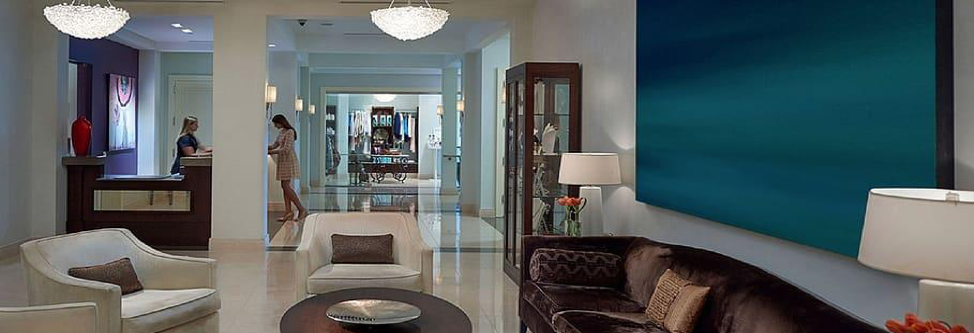
The modular industry’s speed and cost advantages are well known. But can prefabricated buildings be a luxury product with top notch quality? Yes, according to Marriott International.
With 14% of the market, Marriott International is the biggest player in the luxury hotel industry. In many ways, they set the pace for other hotel chains, creating best practices that will be followed by competitors. That is why when they built the world’s tallest modular hotel in New York City, they lauded it as a “game-changing symbol” for the industry. As reported by Forbes:
According to Julia Brenner’s article in Forbes.com, “The New Marriot in Manhattan is the World’s Tallest Modular Hotel”: “[T]raditional construction times] have increased by as much as 50 percent since 2011. In addition to shorter build times, [Marriott International] has found that modular construction has additional benefits, such as reduced curbside waste and noise disruption, while resulting in an end product that is higher quality due to the factory-level precision used to create each guest room module.”
In 2018, the hospitality industry represented the fourth largest consumer of modular products. When the doors to the B1M open this year, the hospitality industry will be well on its way to closing the gap between itself and the third-place healthcare industry.
Governmental Buildings
Created to house the 1851 World’s Fair, the Crystal Palace in London awed visitors with its splendid glass ceiling. Spectacularly, the iron frames and modular construction allowed the Crystal Palace to be built in only 190 days, a mind-boggling figure.
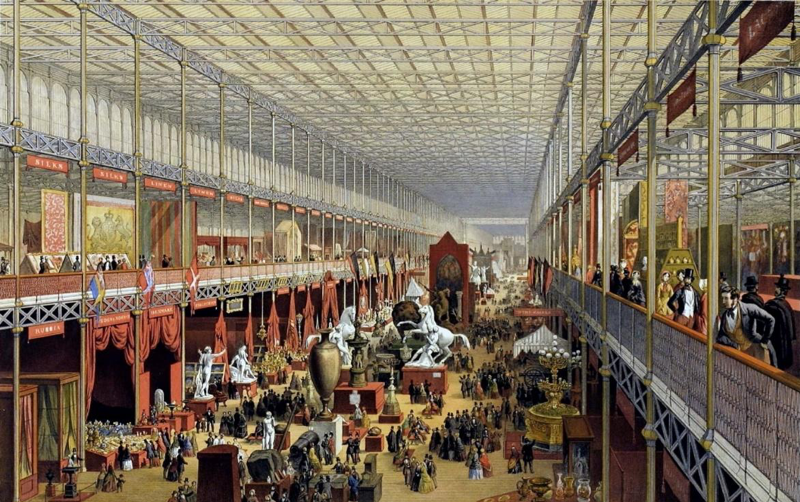
Today, modular buildings are a staple on many government properties, from national parks to visitor centers, DOTs, fire departments, and police buildings.
Energy Sector
Modular homes have always existed in the frontier. They were present in 1670 colonial Massachusetts, in California during the Gold Rush, and even now on the frontiers of North America, where the energy sector drills the oil that powers society.
In less than half the time of traditional projects, modular builders such as Aries Residential Suites construct whole neighborhoods with all the complexity and comforts found at home. Amenities of a workforce housing neighborhood include cafeterias, theater rooms, indoor and outdoor recreation areas, and the staff to manage it all.
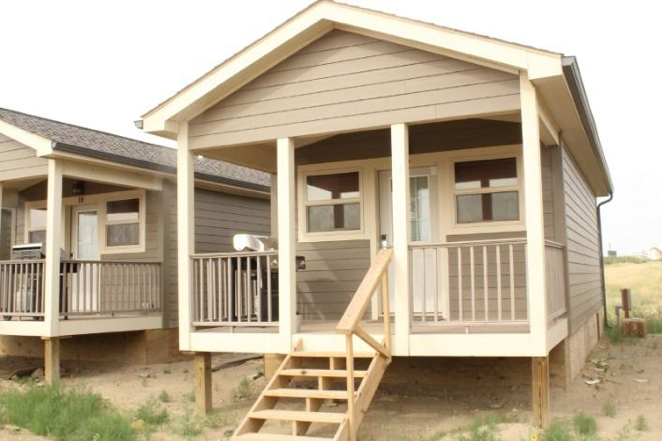
What the Future Holds
Without a doubt, industry leaders are turning towards modular buildings. They’re finding competitive advantages in mature industries through utilizing modular construction, overcoming some of the traditional limits of traditional construction. Today, companies can take advantage of time, precision, and cost savings without sacrificing on quality and customization.
At Aries, we hope to keep companies at the forefront of the modular revolution.
About Aries
At Aries, we believe there’s nothing more important than consistent delivery of exceptional service, dependability, and innovation. Aries promotes our philosophy of achieving together by learning from our clients, ensuring the development of mutually rewarding results and outcomes. All under Aries’ roof, we offer: design/build engineering, in-house manufacturing, an in-house transportation arm, construction services and general construction, civil work, land development, and capital/finance leasing. Become a customer today!
Visit Aries: www.ariesbuildings.com or call (U.S.) 1-888-598-6689.



